Interview: Ella Morton - "The Dissolving Landscape"
Tiltng Storm, Chromira print from mordançage, 30” x 24,” 2018
Ella Morton is a Canadian visual artist and filmmaker who uses various analog processes and techniques in her studies of remote landscapes and their fragile ecosystems. These studies also reflect on the changing medium of photography by using them to emphasize her stories and aesthetic. We are proud to highlight her ongoing body of work, The Dissolving Landscape, recently the recipient of CENTER’s Environmental Award, jurored by the Interim Director of Photography at The Nature Conservancy, Melissa Dale. Our sincere congratulations go out to Ella Morton for this well-deserved recognition.
While this body of work had its beginnings during an artist residency in Svalbard, Norway, it grew into a multifaceted project that brought Morton to other countries, including Canada, Finland, Iceland, and Estonia, among others. In addition to allowing the work to grow through different phases and different countries, the work itself offers us some of the most exciting and arresting analog processes that inform and strengthen the photographs made throughout. Morton presents techniques as mysterious and thought-provoking as Mordançage and “souped” film, a process that involves soaking her large-format film in acidic solutions prior to exposure. Both approaches have a way of degrading, twisting, and corrupting the emulsions of both film and paper. In contrast, the beauty of combining them with the ever-changing landscape as a way to illustrate the effects humankind has on the Earth is most certainly profound.
It’s impressive to view such a well-thought-out project using materials and processes that compliment a series such as this. In addition, taking an analog approach in a digital age brings a unique voice to the work, most especially when it reflects upon the upheaval we are witnessing with both climate change and the medium of photography itself.
A passage from Morton’s statement reads:
“Photography can help to communicate the depth of our connection with the land and the urgency of its accelerating deterioration. This work also addresses how the medium of photography itself is in transition. The proliferation of consumer photography through the emergence of smartphones and social media has challenged artists to use the medium in new ways. I aim to uncover how photographs can show more than a straightforward depiction of reality, and how the alchemy of analogue techniques can be reinvented in the digital age to tell deeper stories within images.”
Talented photographic artists providing discovery and giving voice to such issues are a valuable asset to our community. To this end, we wish to find out more about the background and intentions of both photographer and project and are pleased to present you with insightful words and beautiful images in this interview with Ella Morton.
INTERVIEW
Tilting Stages, Chromira print from mordançage, 30” x 24,” 2018
Island, Little Fogo #2, Chromira print from mordançage, 30” x 24,” 2018
Michael Kirchoff: Every photographer experiences that spark that drives them into the direction of image-making. How did you get your start, and what were your early influences?
Ella Morton: I started experimenting with photography as a teenager. I was always certain that I wanted to become some kind of artist, but I veered towards photography because I loved the element of surprise inherent in analogue processes. You are never completely in control of the images you're making, but sometimes the medium gives you something unexpected that makes your work better than you had originally envisioned. At that age, my experiments involved cross-processing slide film, playing around with infrared and making double exposure prints in the darkroom. As I grew up, I learned more about the rich world of alternative and historical processes and I am still learning.
As a young adult, I loved the work of Francesca Woodman, but my influences were not limited to photographers. I became very enamoured with the work of the poet Gwendolyn MacEwen – her poetry was so beautifully dark and esoteric, written exactly as I wanted my images to look.
MK: Do you have any other creative pursuits, or has photography become the one obsession that always takes precedence?
EM: Photography certainly takes a lot of precedence, but I’ve expanded my practice into filmmaking over the last couple years, and I’ve also done some public art installations in the past. All my interests ultimately funnel back into the main impulse of my work- to explore the depth of our connection with the land and the mystery that is imbued within it. I do believe that each medium has the power to express this theme in its own way there are things that a moving image piece or an immersive installation can express that a still photograph can’t, and vice versa. I try to stay open to what each medium can offer.
Little Fogo Church #2, Chromira print from mordançage, 30” x 24,” 2018
MK: You recently received CENTER’s Environmental Award for 2021 with your body of work, The Dissolving Landscape. Can you tell us a bit about this project?
EM: I started working on The Dissolving Landscape in 2016 when I participated in The Arctic Circle program, a residency where artists sail around Svalbard, Norway for two weeks on a tall ship. On this journey, I brought 4x5 colour film that I had soaked, or “souped” as many folks call it, in different acidic solutions. The warping effects on the film evoked both the sublime and fragile qualities of Svalbard’s Arctic landscape.
After creating this initial body of work, I realized that I could express this same concept through other alternative processes. In addition to that, I was drawn to other Northern landscapes, particularly in my home country of Canada, but also in Nordic Europe. I began experimenting with mordançage and used this process on images I captured in Finland and Canada’s easternmost province of Newfoundland in 2018. In 2019, I also traveled to Nunavut, in the Canadian Arctic, shooting both colour and black and white film, as well as Super 8mm footage for a short film project.
By 2020, I had created two short experimental documentary films, one about Nunavut and the other about Svalbard. In both, I manipulated the Super 8mm film with bleach, varnish, spray paint, soil, and coloured inks. I had narrators from each place tell stories about those landscapes, which I paired with the imagery.
Ultimately, The Dissolving Landscape is a multi-chapter, multi-medium project that speaks to our spiritual connection with the land. In making this work, I like to describe myself as a poetic activist, articulating the profundity of our relationship with the land, and the emotional complexity of its change and loss as global warming unfolds.
Dyrhólaey, Chromira print from mordançage, 24” x 16,” 2018
Pakri Lighthouse, Chromira print from mordançage, 24” x 16,” 2018
MK: Using an analog approach in your work certainly helps achieve the dramatic vision for presenting The Dissolving Landscape – most especially the use of mordançage. However, there is much more to this work that goes beyond the images you’ve shown through the CENTER Award. You use more than a couple of interesting techniques in the expanded work you’ve created. What is it about these analog techniques that help to inform the work you are trying to make?
EM: I feel that all these techniques evoke two things: the sublime and magical qualities of the land, and the fragility and uncertainty of its future. On the one hand, these techniques create colours and textures that make the landscape appear ethereal, otherworldly and mysterious – they express the magic that we might feel being there. On the other hand, these techniques make the image literally dissolve, mirroring how the land is dissolving through the effects of climate change.
I think the act of using analog techniques also speaks to the changes in the medium of photography itself. Now that everyone can easily be a “photographer” with their smart phone and an Instagram account, what can photography still do as an art form? How can you make an image nowadays that doesn’t already exist in a google search? Analog processes play a big part in answering these questions.
MK: Mordançage is a challenging process to control, but clearly worth the effort when applied as gracefully as you have here. What was that learning curve like for you, and do you see it moving into other bodies of work in the future?
EM: The learning curve was definitely challenging when I first started working with mordançage. The chemicals can be finicky, and the emulsion can easily break off and make a mess. What’s more, there are decisions about which images will work best with mordançage and how to print them to turn particular sections into veils. It took a while to wrap my head around all of that. Even once I had the basics down, I still needed a lot of practice to fully master the technique.
It’s possible that I might use mordançage in other bodies of work in the future, but for now I see it winding down, as I don’t like to get too entrenched in any single process. When I think of the work of artists I admire, they are constantly reinventing themselves and never sticking with a single style or approach for too long. To make good work
FugleLorden, Chromira print from soaked film, 30” x 24,” 2016
Blomstrandbreen #2, Chromira print from soaked film, 30” x 24,” 2016
MK: The environment and climate change take the spotlight in this work. Is there a long-term goal or anything you’d like to achieve in addressing these issues with your photographs?
EM: I try to make my photographs show the deep, intuitive power that the land stirs within me, and I hope that others recognize this as something they have felt themselves. It is a natural extension from this to address climate change since it is such an imminent concern at this time. In some regards, my work could be seen as a lamentation for the land. However, I think my work also holds a lot of optimism and appreciation for what nature gives us, and how it will outlive us in spite of our abuses to it.
I don’t want to be overly didactic about what we should do about climate change, but I certainly try to make small changes in my own life to mitigate it – I think about what I buy, how I eat, what modes of transportation I use and how I vote as ways to reduce my carbon footprint. It’s up to every person to decide what’s feasible within their own personal circumstances in this regard. I don’t want to cast judgment on anyone, but I think it’s possible for most middle-class folks in developed countries to make informed decisions about how our consumption and actions affect the environment. Even if we’re not doing a perfect job of it, a little effort can collectively go a long way.
MK: With the proliferation of digital technology taking over the photography world, there seems to be some pushback from the analog world. We are beginning to see a trend of more and more photographers taking on historical processes. Do you feel this is exactly that, a trend, or that possibly people have a desire to return to the way we used to create work before the pixel took over?
EM: The media theorist Marshall McLuhan had a good take on this: “A new medium is never an addition to an old one, nor does it leave the old one in peace. It never ceases to oppress the older media until it finds new shapes and positions for them.”
In other words, digital technology is not a replacement for analog photography, instead, it is forcing analog photography to be re-imagined. Digital technology has "liberated" analog photography to be used more creatively. Once a process becomes outdated, artists naturally find more freedom to experiment with it.
Painting went through a similar “crisis” when photography was first invented in the 1800’s. Painters had to figure out what painting could do now that it no longer had the necessity of representing reality, and thus came impressionism, expressionism, cubism, surrealism, and other movements. By the same token, digital photography is forcing a re-invention of analog photography processes, and a lot of great work is coming out of that. I think this is an exciting time to be a photographer, and I don’t think the analog resurgence is a trend. Analog photography processes can offer us such beautiful alchemy that no other medium can replicate, and I think artists will continue to recognize this for many generations.
Antigua at Blomstrandhalvøya, Chromira print from soaked film, 12” x 8,” 2016
MK: I’ve always been a firm believer that our work is informed by more than our past and that the concepts of place and home are equally represented in what we create. The environment we grow up in is incredibly significant. Would you agree, and if so, how do you feel it has applied to your photography practice?
EM: It’s funny you should ask that, because it’s a question that I don’t have a solid answer for yet. Most of my work has come out of the inspiration of being in unfamiliar places, and I haven’t really made any work about the landscape I grew up in. I’m originally from Vancouver, BC, and the mountains, ocean, and big trees of that area are amazing. I think that landscape still has something to teach me that could one day turn into a project, but I haven’t figured it out yet. That being said, I think growing up in that environment imbued in me a deep appreciation for nature, and that has definitely informed my work.
MK: How do you know if you’re ever really done with a specific body of work? Do you ever go back to revisit images or collections to improve upon what you felt was previously finished?
EM: I think it comes back to the idea of staying uncomfortable – I know a body of work is wrapping up when I feel too comfortable and confident making it. My projects do often bleed one into the next, but I try to pay attention to new aspects of the landscape that I am drawn to when shooting as indications of what my next bodies of work could be. I do sometimes refer back to negatives from previous projects to experiment with new techniques, but this is often just with the intention of making tests, rather than improving or re-doing the work.
There is often pressure on artists to define their practice as a series of distinct projects, but find that my own creative process is more a matter of different places, processes, stories, and images cross-referencing each other. I can separate them into distinct projects if needed, but they’re also one continuous evolution.
Pyramiden #1, Chromira print from soaked film, 30” x 24,” 2016
Red House, Iqaluit, Chromira print from soaked film, 30” x 24,” 2019
MK: Anyone working in an artistic field has matured and grown over time. Is there anything you’ve discovered lately that you’d like people to know about you or your creative process?
EM: One thing I’ve learned over the last several years is how my creative process has its own rhythm- there are periods of high productivity, periods more focused on research and experimentation, and periods that are more dedicated to the art admin side of things. When I was in graduate school from 2013-15, I had to adapt my practice to regular meetings with advisors. Although their feedback was helpful, this schedule created pressure to be constantly producing. I’m much happier now as an independent artist, letting my creative process set its own timing and adapting to its flux.
Another thing I have been reflecting on lately is the importance of intuition in the creative process. I had thought about this before, but I've reflected on it a lot more since my mother passed away last year from cancer. She was a huge supporter of my art and often helped me edit my artist statements. She could always find the best way to articulate an idea, and we had so many great conversations about art and creative process. In a way, I feel that those conversations are still continuing with her now, that she puts images in my mind and feelings in my body that inform my art.
MK: We are always looking to help the up-and-coming photographer around here. Do you have any thoughts or advice for others looking to use analog or historical processes in their work?
EM: Since the analog photography community is relatively small, I would encourage folks to make connections with others online. Don’t be afraid to message someone whose work you like and ask them questions. Become a member of a community darkroom or photography organization if there’s one in your area. Find opportunities to receive constructive critique of your work, and always be looking at the work of other artists. And above all else, keep making work and submitting it. No matter how many times you get rejected, just keep trying and something will eventually come through. Persistence is more important than talent, haha!
MK: What’s next for your photography? Any new projects you have in the works?
EM: I’ve definitely got some new projects in the works. This summer, I’ll be traveling back to Newfoundland to shoot a new short film. I bought a Bolex camera earlier this year, so I’m looking forward to experimenting more with 16mm film. I’m also in the process of organizing trips to Antarctica and Greenland for later this year and next year to create a new body of work. It’s still in the early stages, so I don’t want to say too much, but it will definitely involve alternative photographic processes, as well as broken glass.
GALLERY

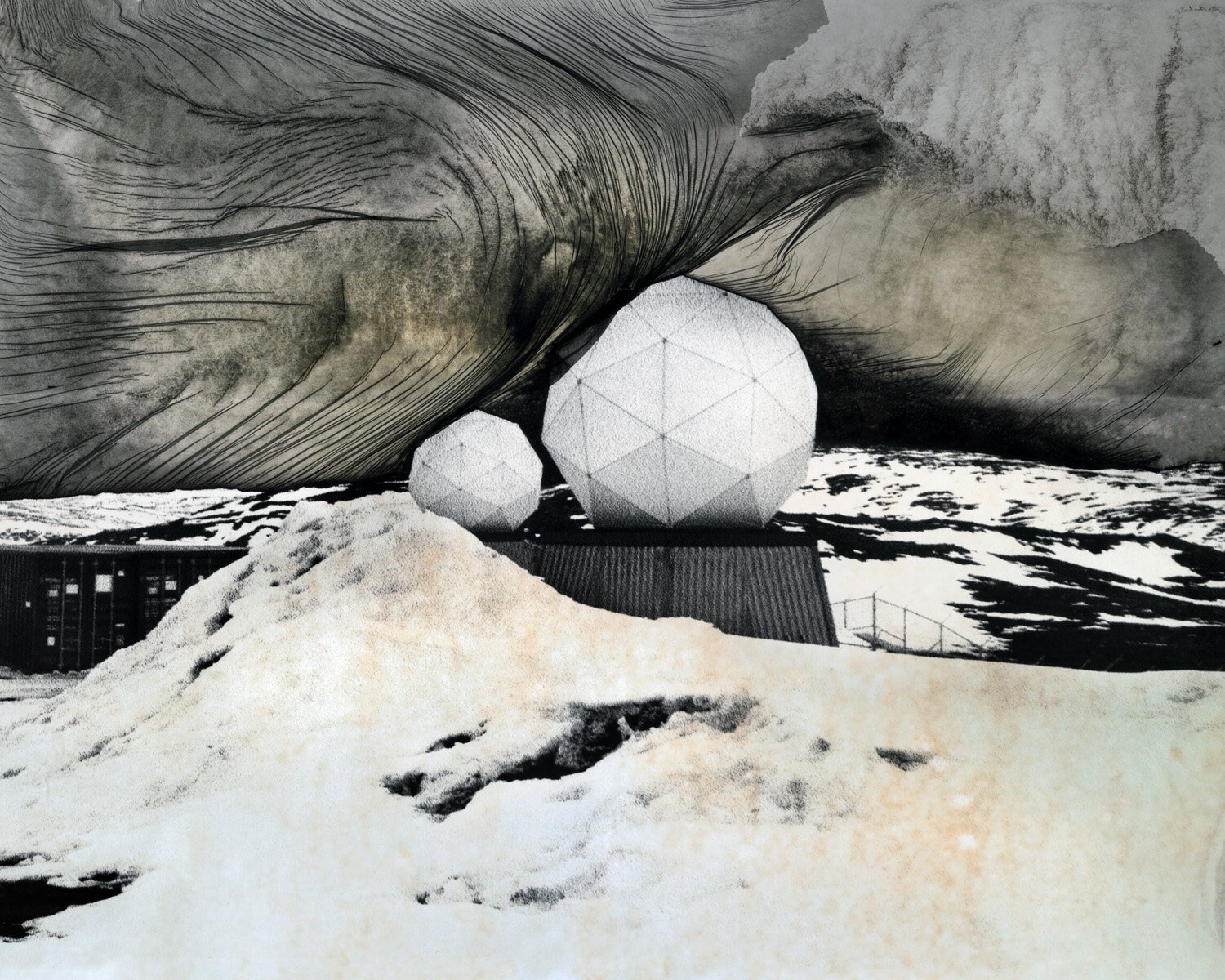
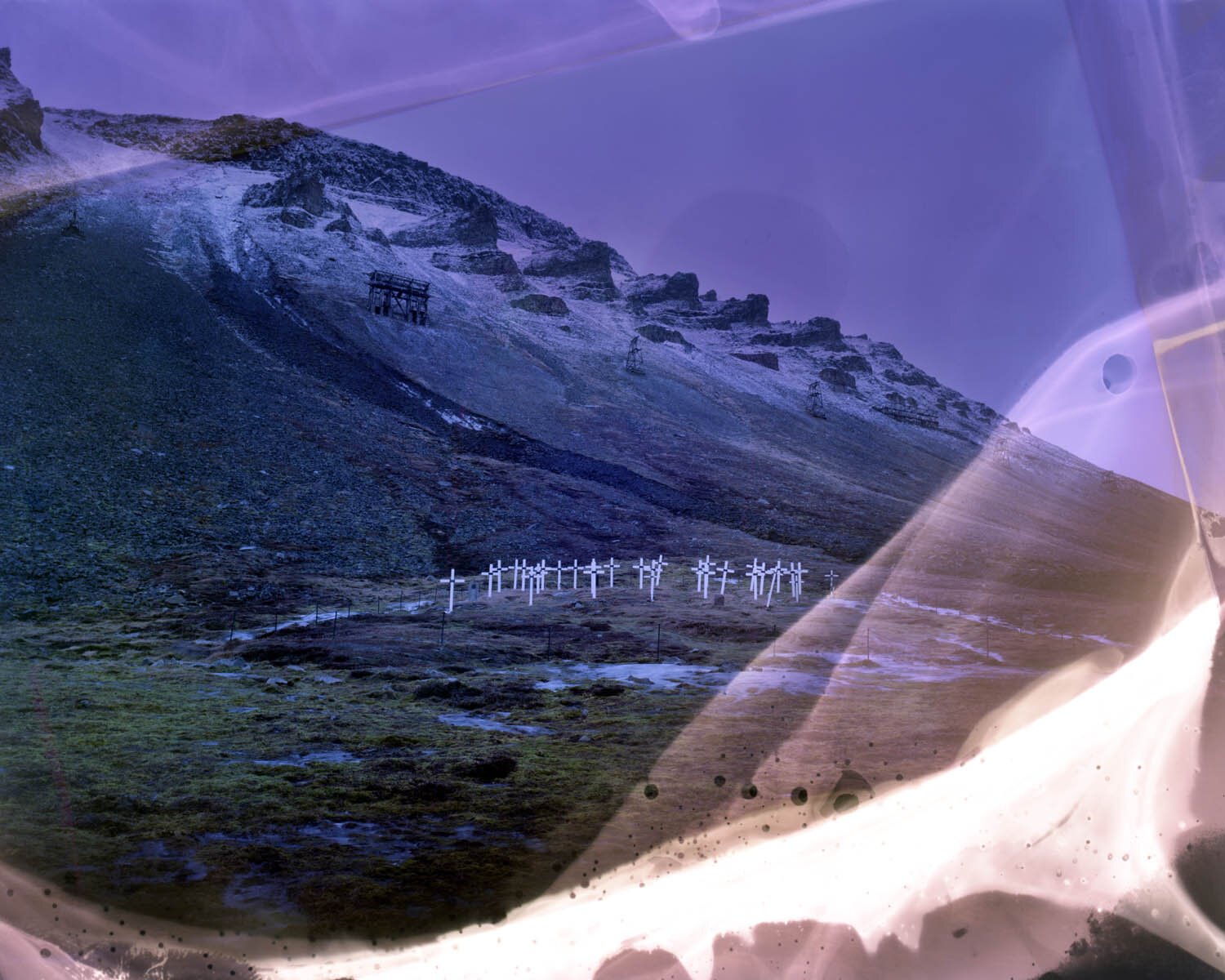
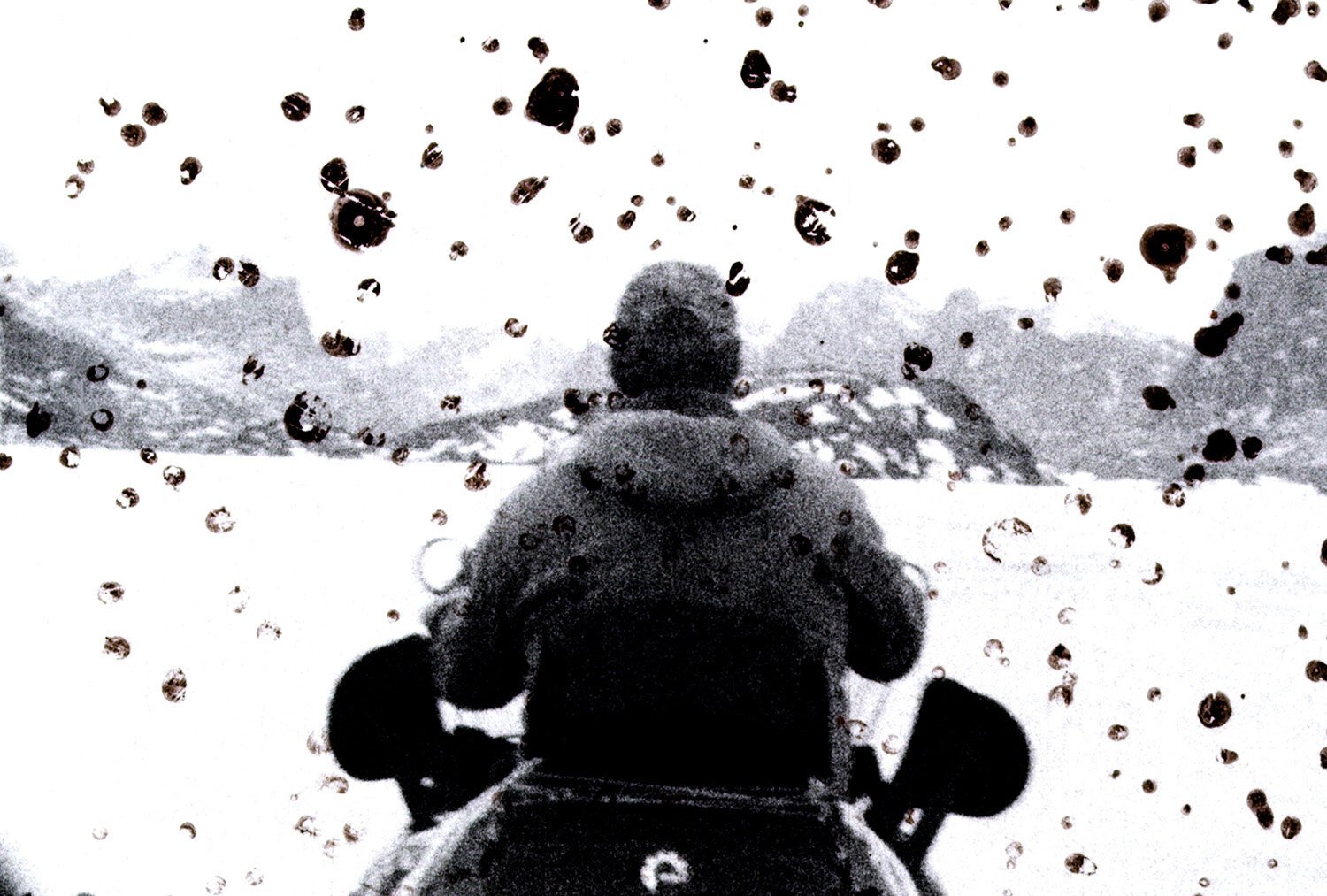
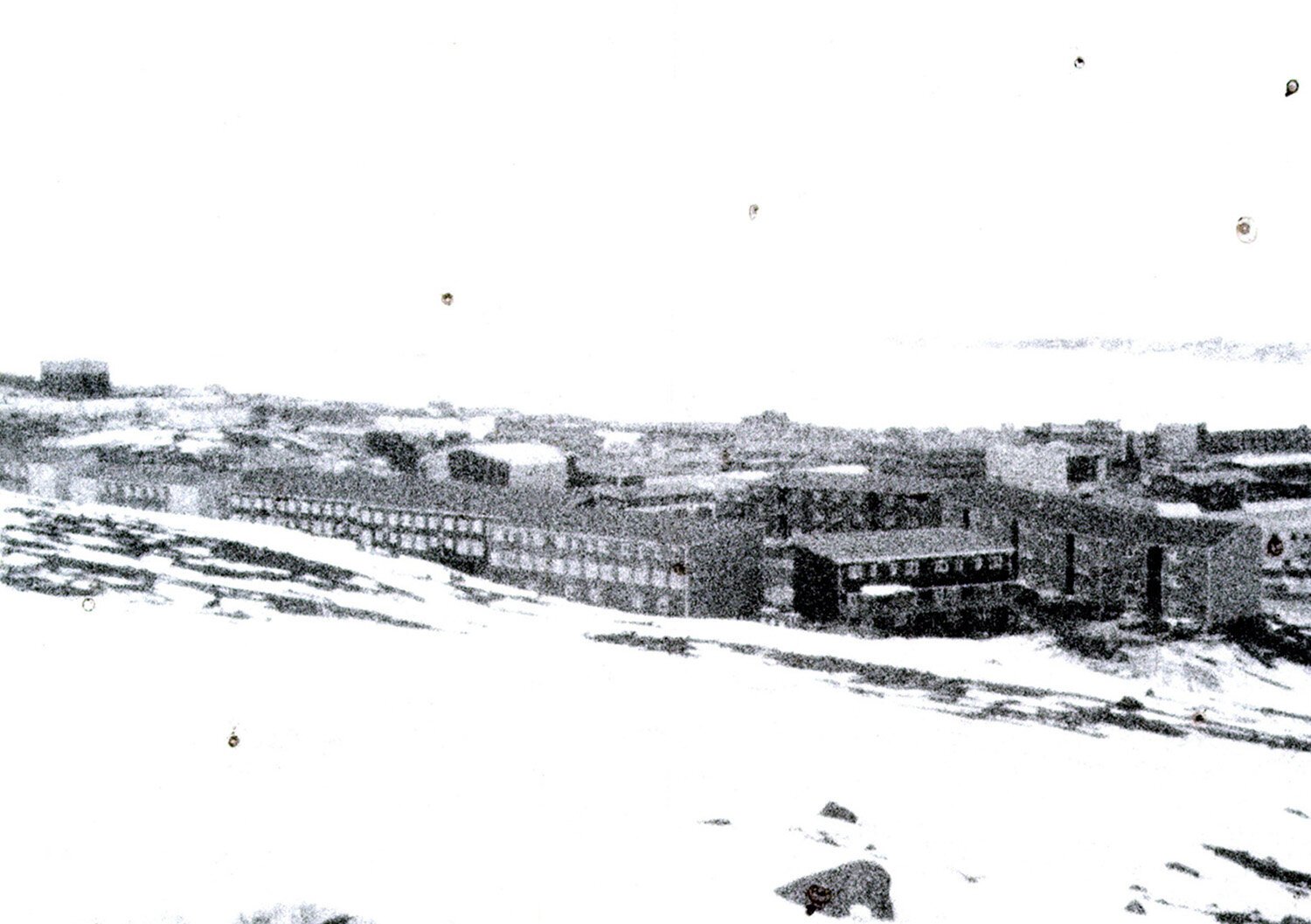
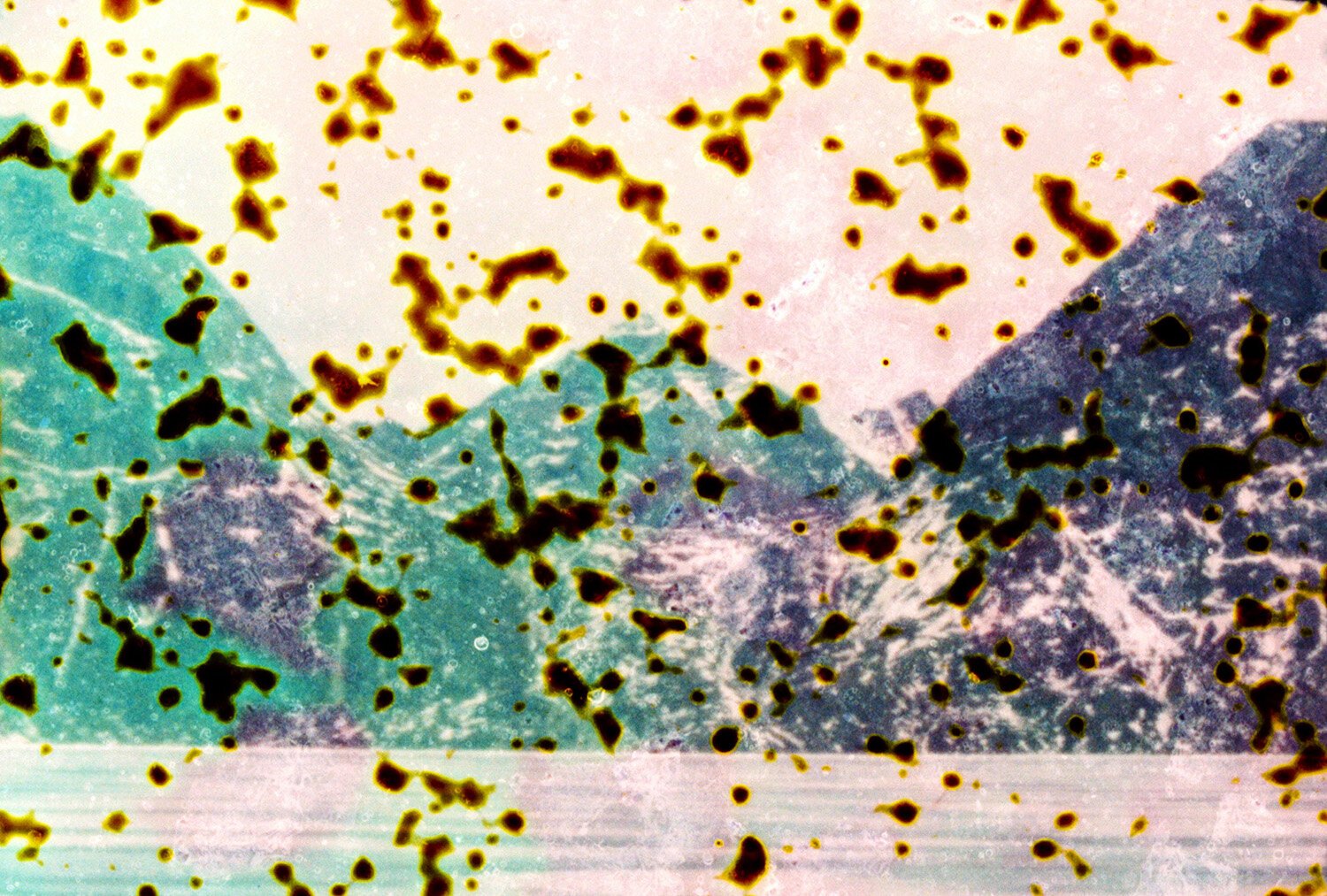
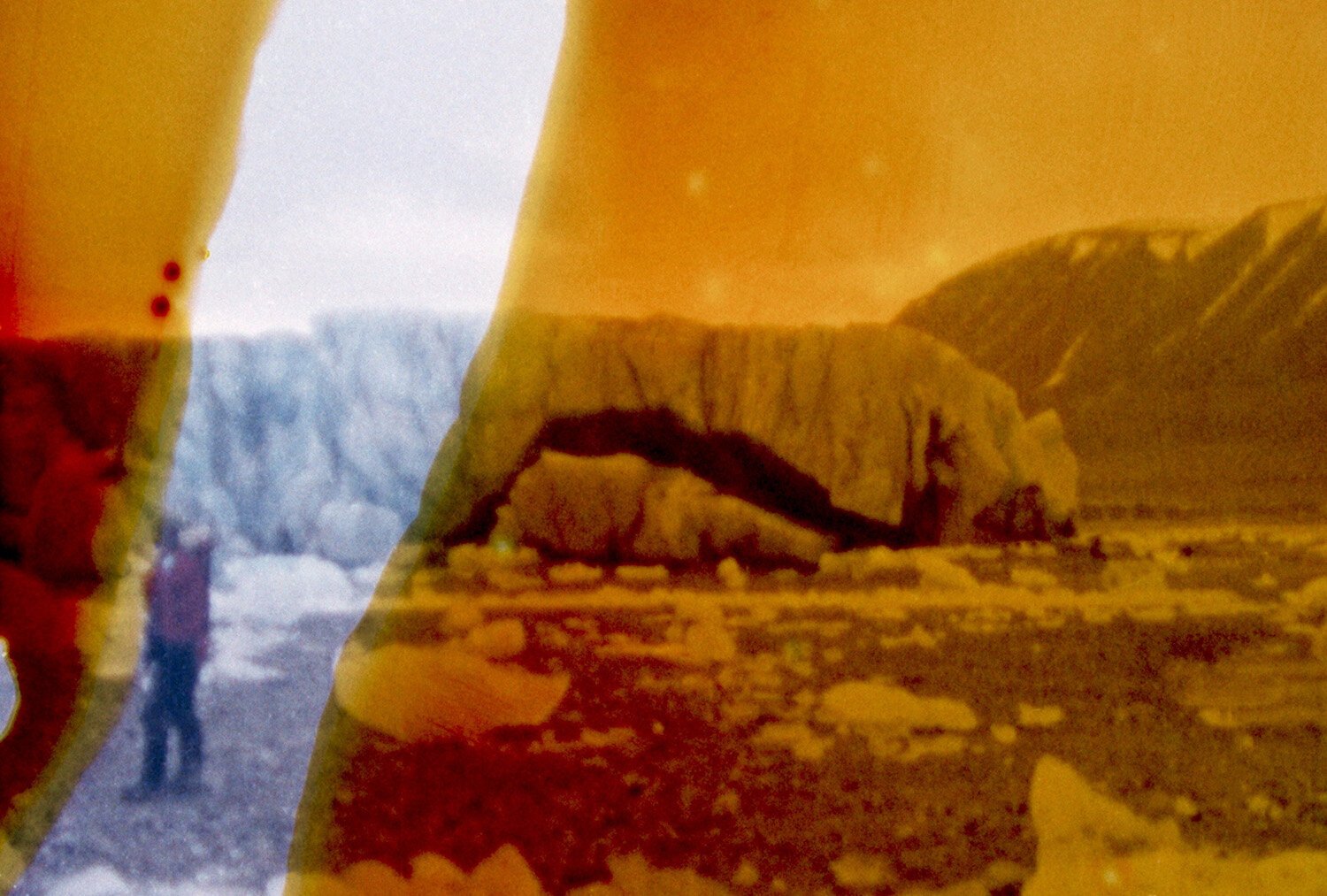
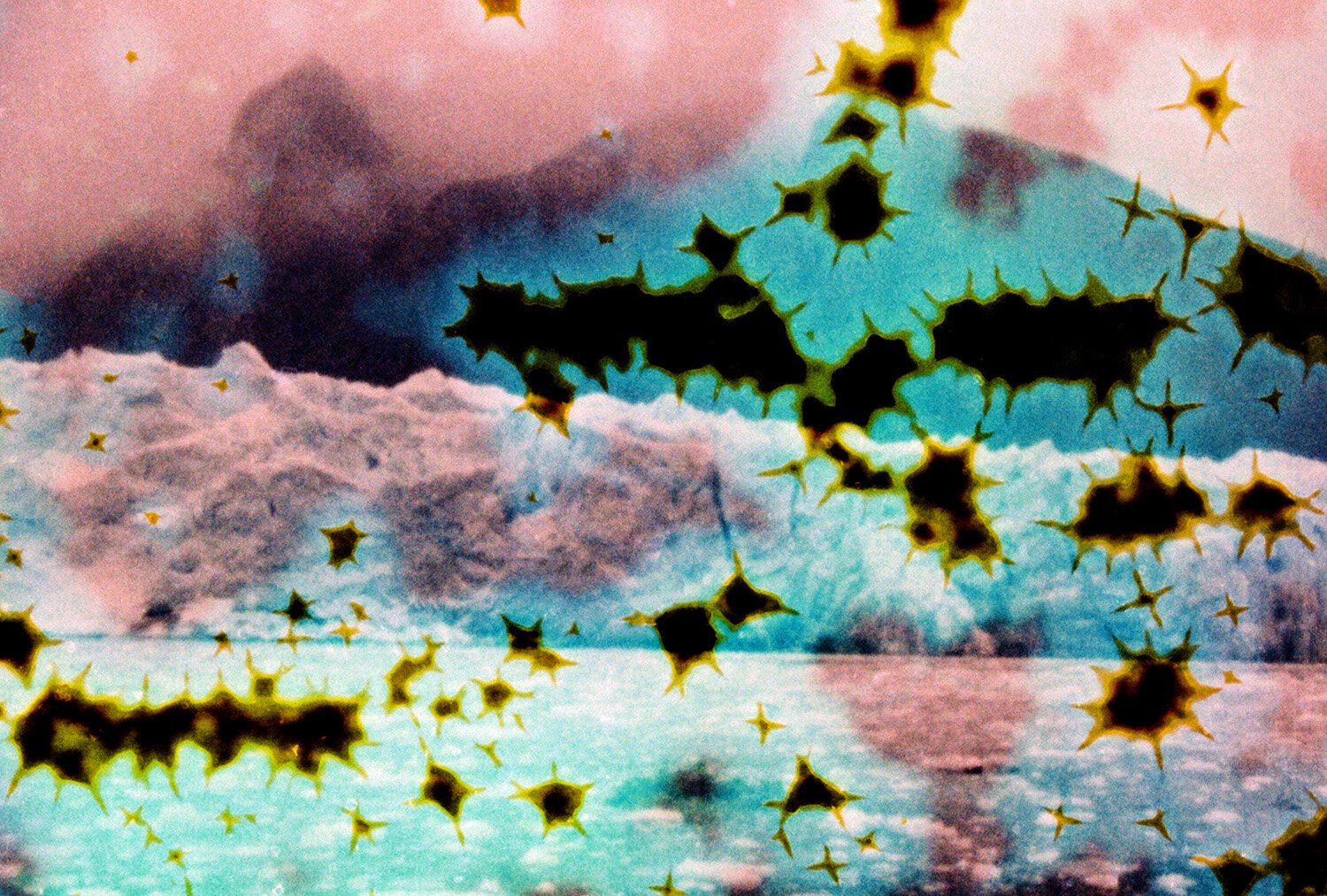
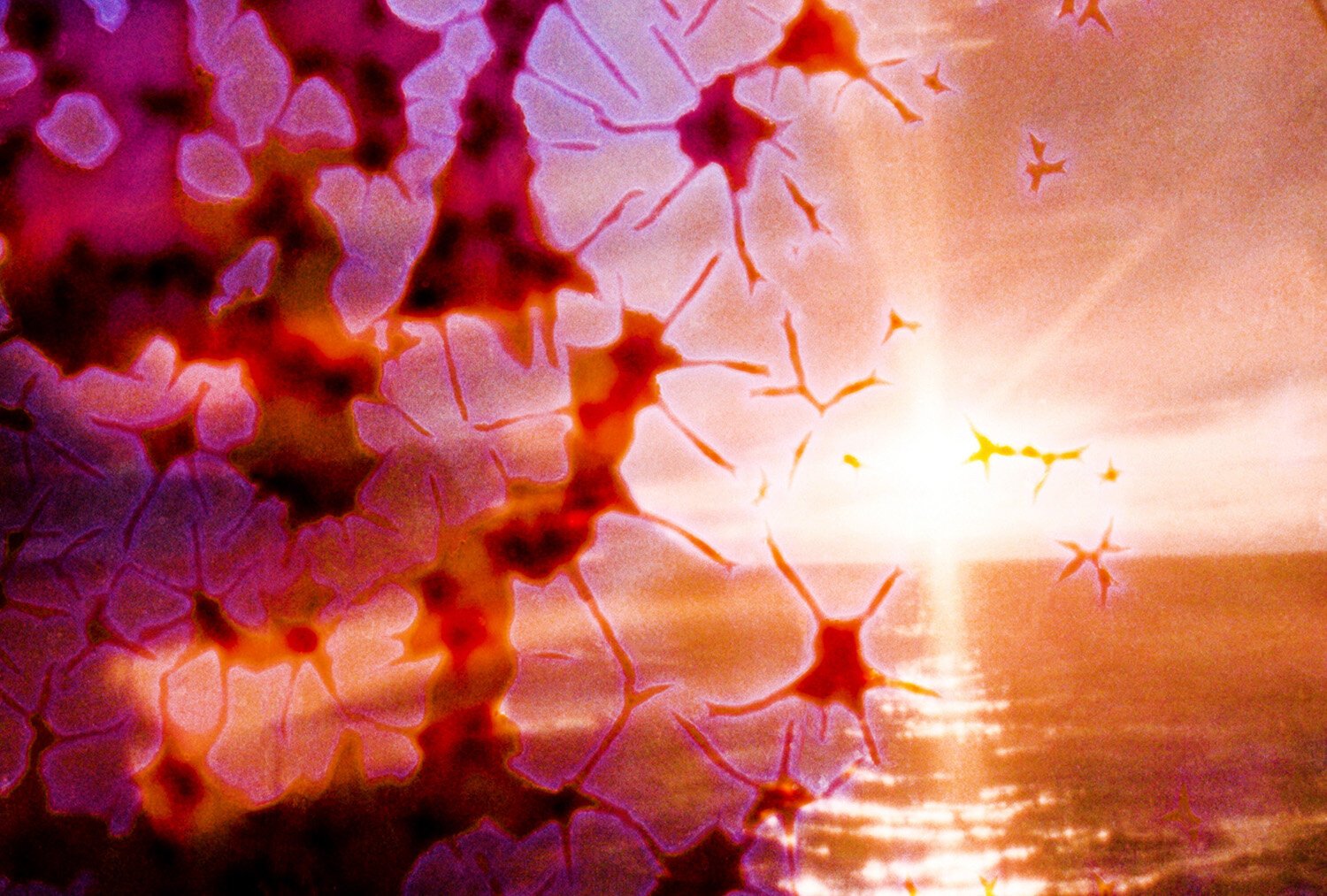
ABOUT THE ARTIST
Ella Morton is a Canadian visual artist and filmmaker living in Toronto. Her expedition-based practice has brought her to residencies and projects across Canada, as well as in Iceland, Denmark, Norway, and Finland. She uses experimental analog lens-based processes to capture the sublime and fragile qualities of remote landscapes.
She earned a BFA from Parsons School of Design (New York, NY) in 2008 and an MFA from York University (Toronto, ON) in 2015. She has exhibited her work internationally, including shows at Hanstholm Art Space (North Jutland, Denmark), Walnut Contemporary (Toronto, ON), Foley Gallery (New York, NY), Contemporary Calgary (Calgary, AB), Galérie AVE (Montréal, QC), Idea Exchange (Cambridge, ON), Viewpoint Gallery (Halifax, NS), Photographic Center Northwest (Seattle, WA) and the Alternator Centre for Contemporary Art (Kelowna, BC).
Her photographs have been featured in Contact Photography Festival (Toronto, ON) and Exposure Photography Festival (Calgary, AB). Her films have been screened at the Antimatter Media Art Festival (Victoria, BC), the Artic Film Festival (Svalbard, Norway), Alchemy Film and Moving Image Festival (Hawick, Scotland), Peripheries Experimental Film and Video Festival (Boston, MA) and the Future of Film Showcase (Toronto, ON).
ABOUT THE AUTHOR
Michael Kirchoff is a photographic artist, independent curator and juror, and advocate for the photographic arts. He has been a juror for Photolucida’s Critical Mass, and has reviewed portfolios for the Los Angeles Center of Photography’s Exposure Reviews, PhotoNOLA, and CENTER’s Review Santa Fe. Michael has been a contributing writer for Lenscratch, Light Leaked, and Don’t Take Pictures magazine. In addition, he spent ten years (2006-2016) on the Board of the American Photographic Artists in Los Angeles (APA/LA), producing artist lectures, as well as business and inspirational events for the community. Currently, he is also Editor-in-Chief at Analog Forever Magazine, Founding Editor for the online photographer interview website, Catalyst: Interviews, and a Contributing Editor for the column, Traverse, at One Twelve Publishing. Previously, Michael spent over four years as Editor at BLUR Magazine.



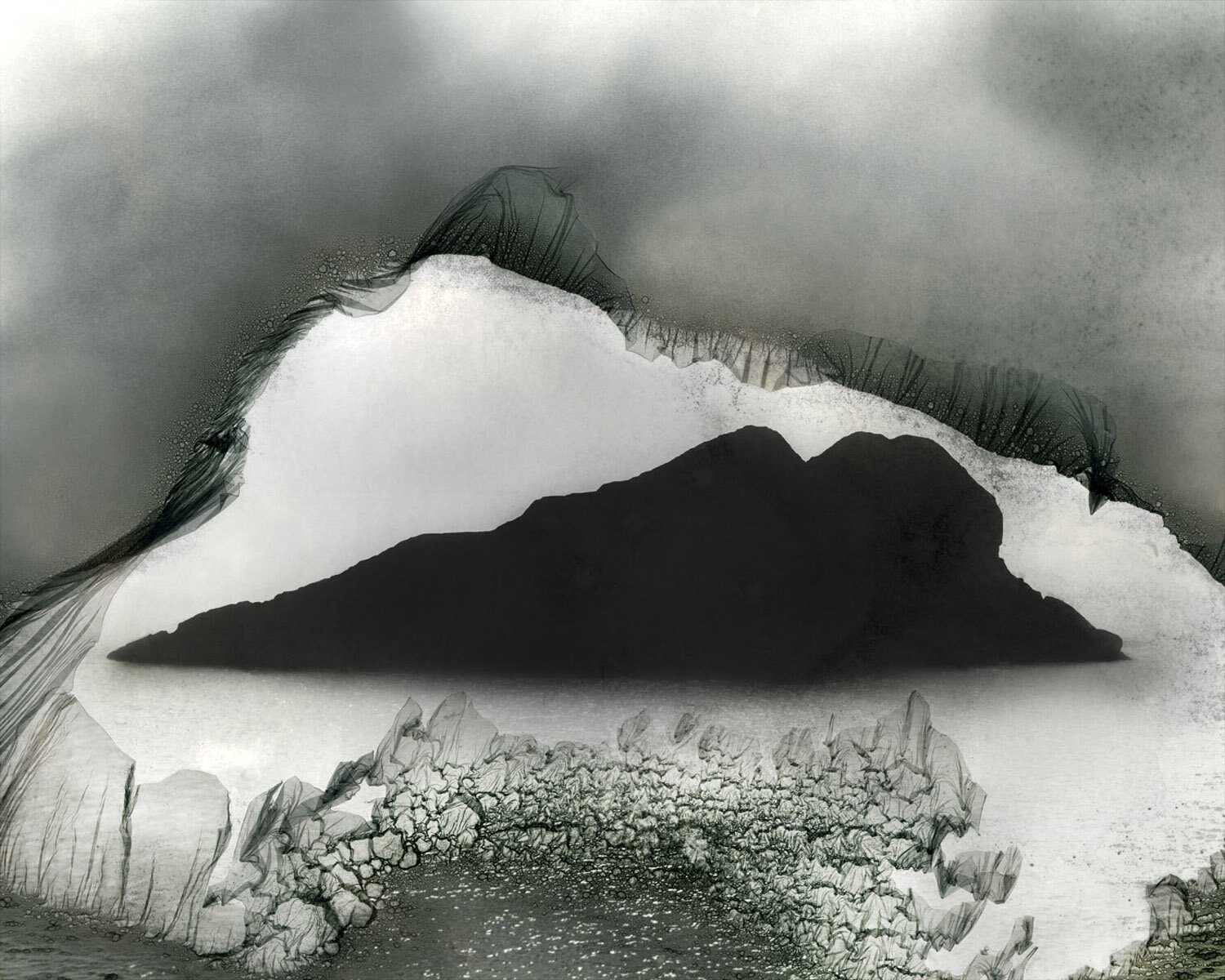





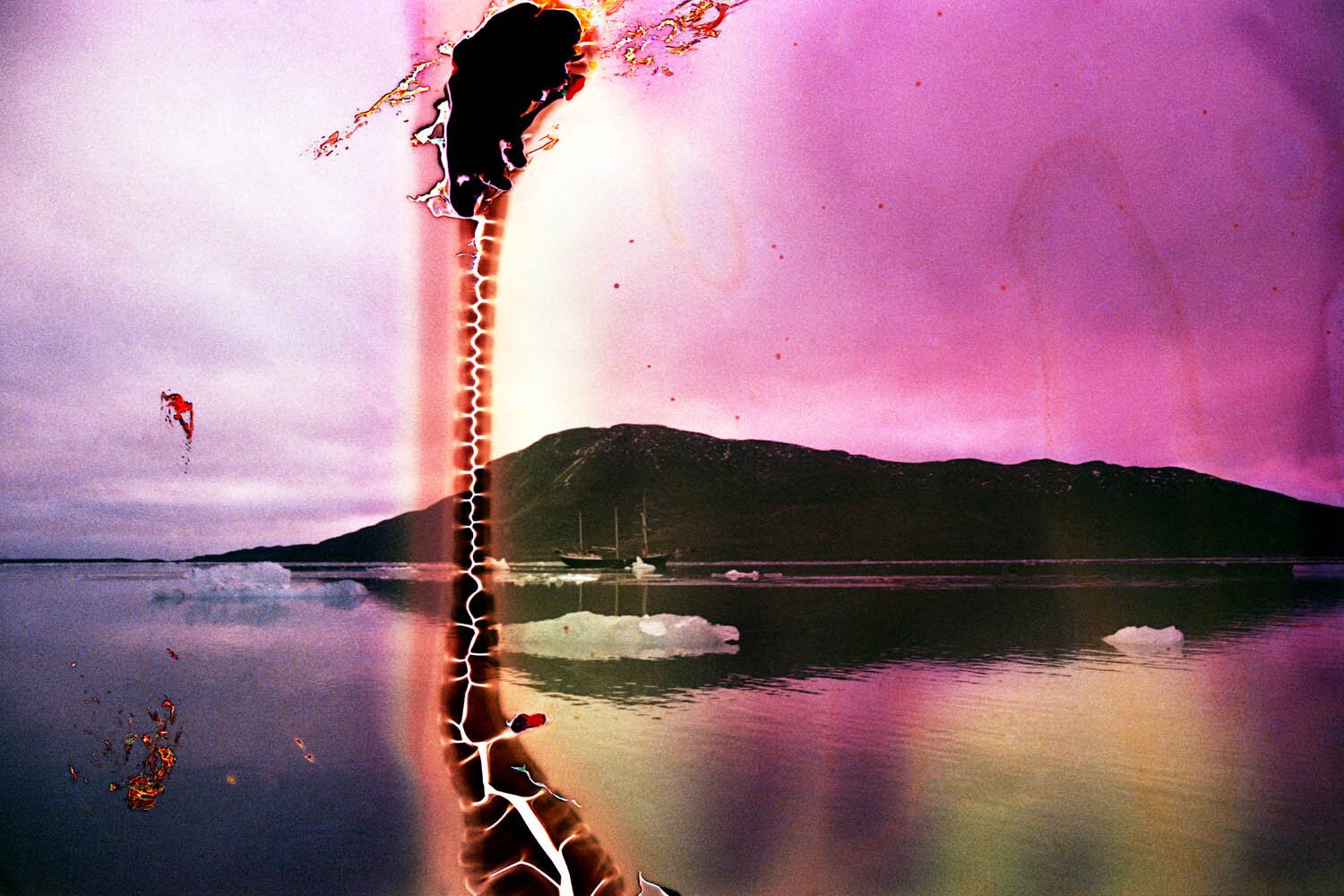












Ever wondered how an artist finds their personal “voice” in photography? Meet Jeffrey Sass, whose new body of work, “Internal Views,” beautifully demonstrates a transformation from straightforward documentation to layered, narrative-driven art pieces.